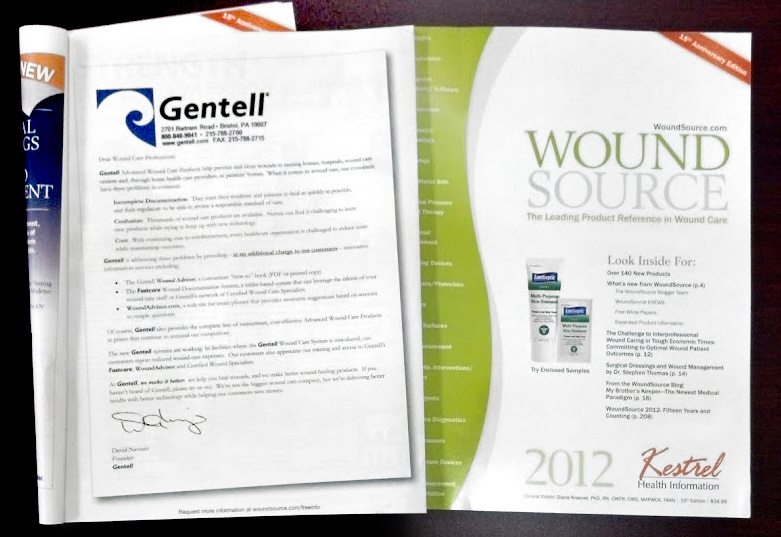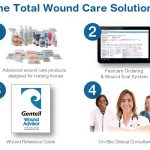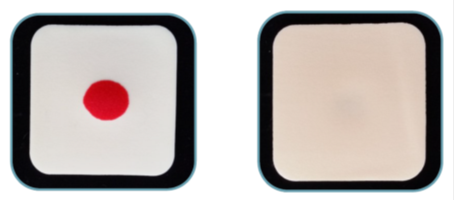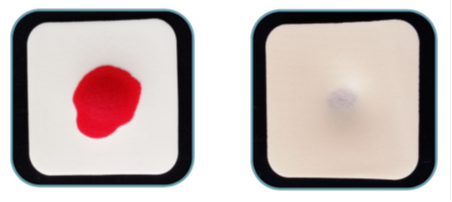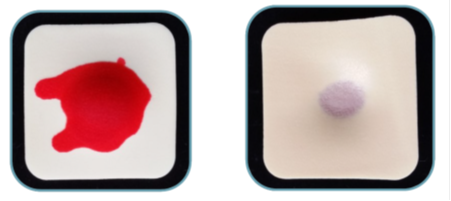National Pressure Ulcer Advisory Panel (NPUAP) announces a change in terminology from pressure ulcer to pressure injury and updates the stages of pressure injury
This just in…
FOR IMMEDIATE RELEASE
April 13, 2016
Washington, DC – The term “pressure injury” replaces “pressure ulcer” in the National Pressure Ulcer Advisory Panel Pressure Injury Staging Systemaccording to the NPUAP. The change in terminology more accurately describes pressure injuries to both intact and ulcerated skin. In the previous staging system Stage 1 and Deep Tissue Injury described injured intact skin, while the other stages described open ulcers. This led to confusion because the definitions for each of the stages referred to the injuries as “pressure ulcers”.
In addition to the change in terminology, Arabic numbers are now used in the names of the stages instead of Roman numerals. The term “suspected” has been removed from the Deep Tissue Injury diagnostic label. Additional pressure injury definitions agreed upon at the meeting included Medical Device Related Pressure Injury and Mucosal Membrane Pressure Injury.
The updated staging definitions were presented at a meeting of over 400 professionals held in Chicago on April 8-9, 2016. Using a consensus format, Dr. Mikel Gray from the University of Virginia adeptly guided the Staging Task Force and meeting participants to consensus on the updated definitions through an interactive discussion and voting process. During the meeting, the participants also validated the new terminology using photographs.
Dr. Laura Edsberg from Daemen College in Buffalo, NY and Dr. Joyce Black from the University of Nebraska Medical Center in Omaha served as co-chairs of the Staging Task Force appointed by the NPUAP Board of Directors. Task force members included Margaret Goldberg, MSN, RN, CWOCN from Delray Wound Center, Florida, Laurie McNichol, MSN, RN, CWOCN, CWON-AP, from Cone Health in Greensboro, NC, Lynn Moore, RDN, from Nutrition Systems, Mississippi and Mary Sieggreen, MSN, CNS, NP, CVN, from Detroit Medical Center.
Pressure injuries are staged to indicate the extent of tissue damage. The stages were revised based on questions received by NPUAP from clinicians attempting to diagnose and identify the stage of pressure injuries. Schematic artwork for each of the stages of pressure injury was also revised and will be available for use at no cost through the NPUAP website in approximately 12-24 hours (http://www.npuap.org/resources/educational-and-clinical-resources/pressure-injury-staging-illustrations/).
The updated staging system includes the following definitions:
Pressure Injury:
A pressure injury is localized damage to the skin and/or underlying soft tissue usually over a bony prominence or related to a medical or other device. The injury can present as intact skin or an open ulcer and may be painful. The injury occurs as a result of intense and/or prolonged pressure or pressure in combination with shear. The tolerance of soft tissue for pressure and shear may also be affected by microclimate, nutrition, perfusion, co-morbidities and condition of the soft tissue.
Stage 1 Pressure Injury: Non-blanchable erythema of intact skin
Intact skin with a localized area of non-blanchable erythema, which may appear differently in darkly pigmented skin. Presence of blanchable erythema or changes in sensation, temperature, or firmness may precede visual changes. Color changes do not include purple or maroon discoloration; these may indicate deep tissue pressure injury.
Stage 2 Pressure Injury: Partial-thickness skin loss with exposed dermis
Partial-thickness loss of skin with exposed dermis. The wound bed is viable, pink or red, moist, and may also present as an intact or ruptured serum-filled blister. Adipose (fat) is not visible and deeper tissues are not visible. Granulation tissue, slough and eschar are not present. These injuries commonly result from adverse microclimate and shear in the skin over the pelvis and shear in the heel. This stage should not be used to describe moisture associated skin damage (MASD) including incontinence associated dermatitis (IAD), intertriginous dermatitis (ITD), medical adhesive related skin injury (MARSI), or traumatic wounds (skin tears, burns, abrasions).
Stage 3 Pressure Injury: Full-thickness skin loss
Full-thickness loss of skin, in which adipose (fat) is visible in the ulcer and granulation tissue and epibole (rolled wound edges) are often present. Slough and/or eschar may be visible. The depth of tissue damage varies by anatomical location; areas of significant adiposity can develop deep wounds. Undermining and tunneling may occur. Fascia, muscle, tendon, ligament, cartilage and/or bone are not exposed. If slough or eschar obscures the extent of tissue loss this is an Unstageable Pressure Injury.
Stage 4 Pressure Injury: Full-thickness skin and tissue loss
Full-thickness skin and tissue loss with exposed or directly palpable fascia, muscle, tendon, ligament, cartilage or bone in the ulcer. Slough and/or eschar may be visible. Epibole (rolled edges), undermining and/or tunneling often occur. Depth varies by anatomical location. If slough or eschar obscures the extent of tissue loss this is an Unstageable Pressure Injury.
Unstageable Pressure Injury: Obscured full-thickness skin and tissue loss
Full-thickness skin and tissue loss in which the extent of tissue damage within the ulcer cannot be confirmed because it is obscured by slough or eschar. If slough or eschar is removed, a Stage 3 or Stage 4 pressure injury will be revealed. Stable eschar (i.e. dry, adherent, intact without erythema or fluctuance) on an ischemic limb or the heel(s) should not be removed.
Deep Tissue Pressure Injury: Persistent non-blanchable deep red, maroon or purple discoloration
Intact or non-intact skin with localized area of persistent non-blanchable deep red, maroon, purple discoloration or epidermal separation revealing a dark wound bed or blood filled blister. Pain and temperature change often precede skin color changes. Discoloration may appear differently in darkly pigmented skin. This injury results from intense and/or prolonged pressure and shear forces at the bone-muscle interface. The wound may evolve rapidly to reveal the actual extent of tissue injury, or may resolve without tissue loss. If necrotic tissue, subcutaneous tissue, granulation tissue, fascia, muscle or other underlying structures are visible, this indicates a full thickness pressure injury (Unstageable, Stage 3 or Stage 4). Do not use DTPI to describe vascular, traumatic, neuropathic, or dermatologic conditions.
Additional pressure injury definitions.
Medical Device Related Pressure Injury:
This describes an etiology.
Medical device related pressure injuries result from the use of devices designed and applied for diagnostic or therapeutic purposes. The resultant pressure injury generally conforms to the pattern or shape of the device. The injury should be staged using the staging system.
Mucosal Membrane Pressure Injury: Mucosal membrane pressure injury is found on mucous membranes with a history of a medical device in use at the location of the injury. Due to the anatomy of the tissue these injuries cannot be staged.
More information will be forthcoming on teaching points for the new stages and the rationale for some of the changes in the staging system.
The National Pressure Ulcer Advisory Panel is a multidisciplinary group of experts in pressure injury. The NPUAP serves as the authoritative voice for improved patient outcomes in pressure injury prevention and treatment through public policy, education and research.



